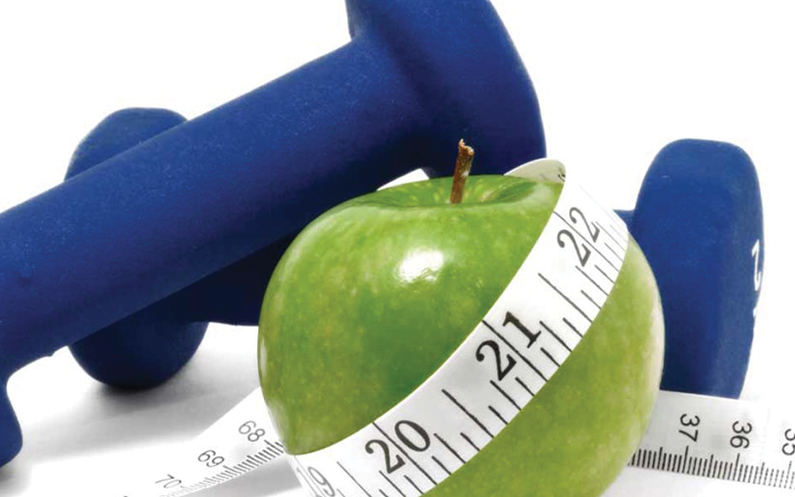Chad Wagner knew it was time to make some changes when could no longer bend over to tie his shoes.
His weight had climbed to 270. Wagner, a 40-year-old radiology tech and medical assistant at Zip Clinic in Belgrade, Montana, wanted to get healthy. So in December he started going to the gym with a friend and cut out fast food. In just six weeks, he’s already lost 27 pounds. He’s also sleeping better and has gotten his blood pressure down from 144/90 to 118/88.
“I’ve just been making small changes and having realistic expectations,” he said. “It takes dedication and commitment. The first few weeks were challenging, but everybody here is so supportive.
Two-thirds of Americans are categorized as overweight or obese, putting them at risk for diabetes, heart disease, and other medical problems. In fact, obesity-related conditions (heart disease, stroke, and certain kinds of cancer) are some of the leading causes of preventable death.
Getting to and maintaining healthy weight is an important topic to discuss with a medical provider, even in an urgent care setting. Given changing habits and an ongoing physician shortage, some patients rarely have contact with a primary care doctor.
Here are some tips for a sensible weight-loss goal:
- Don’t try to lose weight too quickly as that could contribute to other health problems, such as gallstones.
- A healthy approach is to try to lose one-half to two pounds per week.
- A realistic goal is to shed 5-7 percent of body weight over the course of about six months.
Patients may qualify for a medically supervised weight loss program under the following criteria: A BMI greater than 30; or greater than 27 with a co-morbid condition such as type 2 diabetes, high blood pressure, sleep apnea, or high cholesterol.
The clinician and patient will need to discuss behavior modification and medication plans. There are several drugs approved for obesity treatment, including Phentermine, Orlistat, Lorcaserin, Phentermine-topiramate, and Lipotonix injections.
And if you’re looking to get started on weight loss, here are some changes you can implement on your own:
Eat more of these foods: beans, fat-free or low-fat cheese and milk, fruits and vegetables, lean meats, seafood, nuts, and whole grains (such as brown rice and oatmeal).
Limit these foods: breads and pasta made with refined grains, foods with butter or other fats that are solid at room temperature, and sugar-sweetened drinks and desserts.
Do 150 minutes a week of moderately intense aerobic activity (aim for 30 minutes most days). Aerobic activities are those that use large muscle groups (back, chest and legs) to increase heart rate and breathing. Examples include: brisk walking, dance, playing a sport, or swimming.
Get up and get moving. Sitting for long periods of time may lead to weight gain, so go for periodic walks and when possible take the stairs.


Recent Comments